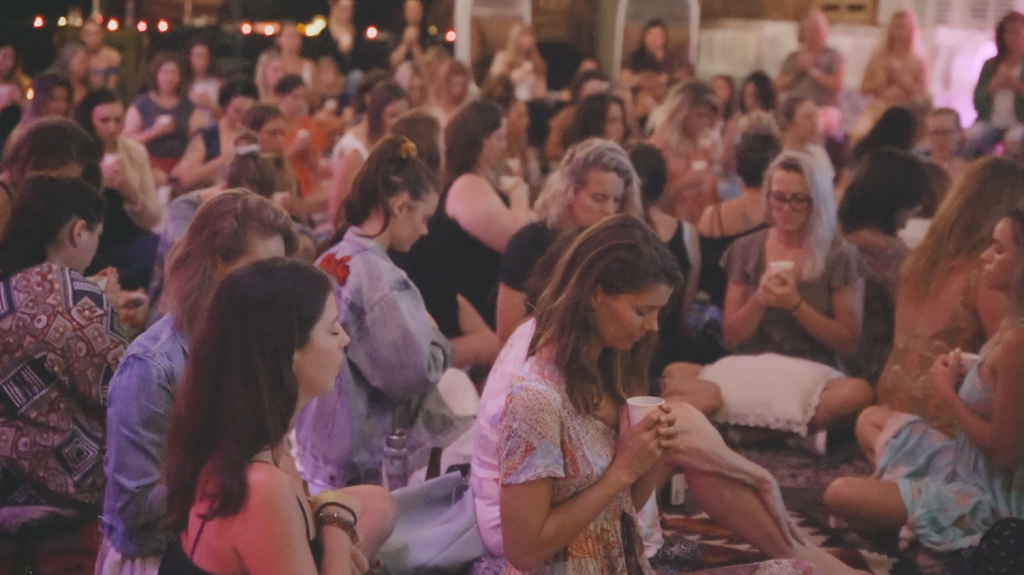
Animal Farming – A Negative Factor in the Pandemic Equation
September 29, 2020
The Importance of a Food Safety Certificate
April 29, 2021Maretai’s single origin Cacao is obtained from premium Criollo cacao beans grown in Amazonian Peru, an ancient environment of the sacred Theobroma Cacao tree.
Inca, Quechua, Olmec and Mayan civilizations that once flourished in this part of the world consumed cacao as a sacred beverage. This was as far back as 3000 years ago.
This part of the world produces the exceptional cacao beans favoured by the best-known chocolate makers in the world. The criollo beans are ground into a paste used to make a beverage used in Cacao Ceremonies in Australia and New Zealand.
This article describes how cacao paste is made as well as why it is considered ceremonial grade cacao.

The cacao tree is part of a wonderful ecosystem. It requires the shade of typically large native trees and, in turn, keeps the soil humid and rich in nutrients. It is a perfect balance between the amount of sun that the large trees offer (shade) and the contribution of the smaller cacao trees to maintain a healthy soil.

The correct conditions of shade and sunlight need careful pruning of the trees. Too much sun will dry the soil and too little sunlight will promote fungi and parasite growth. The secret to great cacao is the correct balance of nutrients in the soil and the correct balance of sunlight. Of course lots of love and caring from the growers too!

The cacao beans are extracted from the inside of the cacao fruit (pod) which contains both the beans (seeds) and a white sweet pulp.

The seeds (beans) along with the white sweet pulp are left to ferment in wooden containers for 3-5 days

After fermentation, the beans are sun-dried. When the beans are dry and have reached a perfect flavour state they are ready to be shelled (husked).

Maretai maintains a close relationship with growers in the amazonian regions of Jaén, Juanjui, Tarapoto, Ayacucho, Tingo María, Satipo, and Quillabamba in Peru. Our social development program includes donations and sustainable farming courses that help improve the living conditions of the farmers.
Last month, Maretai Organics and our friends from Cacao Collective in Western Australia sent a donation to Peru that was used to purchase a set of tools for one of the families in Satipo just in time for the pruning season. Thank you Mitchell!!!

This way, we assist in the farmer’s job and are able to give back to the community that grows our wonderful cacao.
From Beans to Nibs
Once sun dried, the beans are selected to and cleaned from twigs, stones and any other possible impurity, and go through a dehydrator . They are then passed to a winnowing stage where a strong current of hot air that blows away the shells and recovers the fragmented cacao beans, now called “nibs”.
Cacao nibs are the fragments of the husked cacao bean, containing all the nutrients and beneficial properties of this ancestral super-food.

The second stage on the production process is the grinding of the Cacao Nibs to produce a thick paste. The nibs contain approximately 50% of natural fat, so at the moment they are ground, thick paste is obtained. After it cools down, the Cacao paste becomes solid and has the appearance and taste of rich dark and hard chocolate.
You can try to make cacao paste at home by grinding cacao nibs in a coffee grinder. You will be able to see this process with your own eyes. It is not very efficient but its a very illustrative way of experimenting and understanding how cacao paste is obtained.

The composition of the cacao paste is exactly the same as the cacao bean. Roughly half is cacao fat (cacao butter) and half are cacao solids. This is chocolate in its purest form. Ancient civilizations boiled water and added cacao paste to create the sacred beverage xocolatl adding spices that include pepper, chilli and vanilla.
Please note that you are able to create a chocolate drink also using cacao powder although the taste will not be the same because you are missing the cacao butter part. You can always create different combinations of cacao powder and cacao butter to obtain different results. The traditional cacao drink was made with just the ground cacao beans, this meaning using the cacao paste (roughly 50% cacao butter + 50% cacao powder).

In recent years, cacao ceremonies have become widespread in Australia and other western countries. Modern cacao ceremonies incorporate elements of Mesoamerican rituals as well as shamanic healing meditation.

Ceremonial grade cacao should be sourced from the Mesoamerican region in the world and must be grown in sustainable and fair conditions for the environment and the farmers who cultivate cacao the same way it was done thousands of years ago.
If you find this article useful please share and subscribe to our blog. Thank you!




1 Comment
Wonderful blog about the amazing Cacao! Thank you